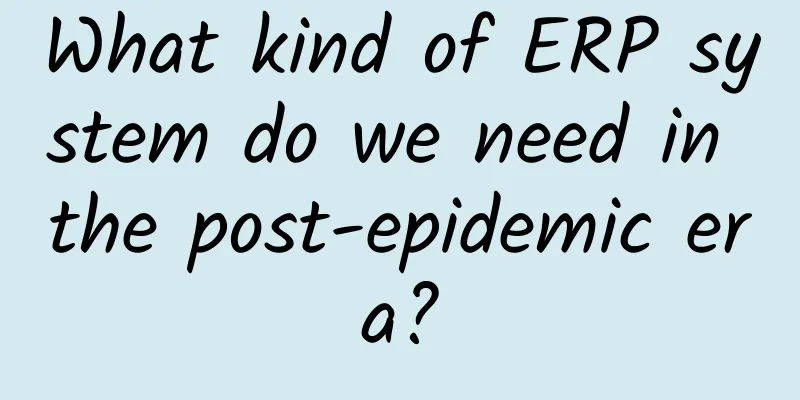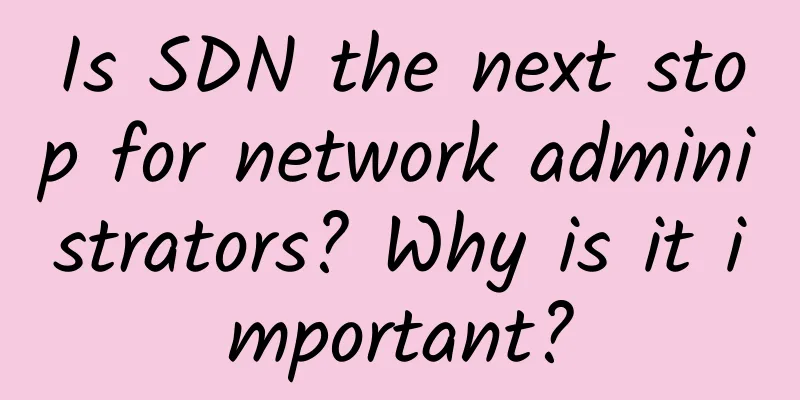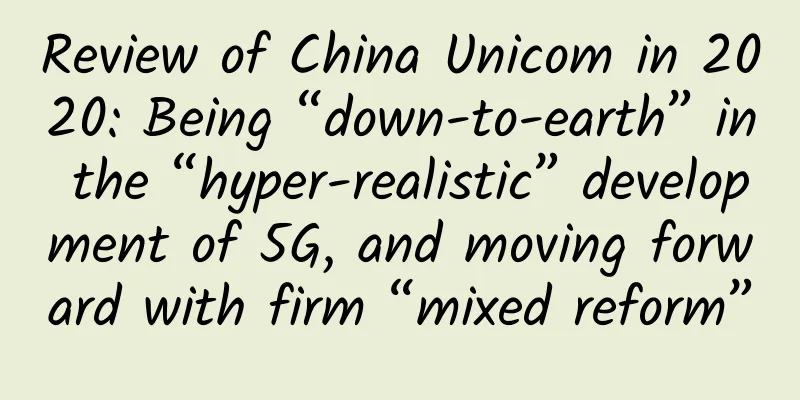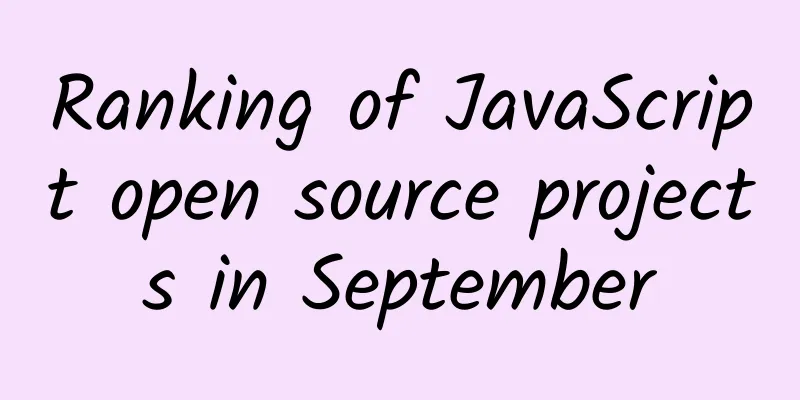What kind of ERP system do we need in the post-epidemic era?

|
In recent years, as the Internet has gradually penetrated into the entire product life cycle and the entire enterprise industry chain, how to reap the benefits of digitalization and achieve upgrading and transformation has become a key challenge for many companies facing the digital economy. To achieve the full digitalization of an enterprise, relying on an ERP system alone is certainly not enough, but the ERP system is undoubtedly one of the foundations of digital transformation. However, the historical and ongoing challenges faced by complex and large ERP systems are painful for any company. On the other hand, the sudden outbreak of the global public health crisis of COVID-19 has brought unprecedented changes to the way the world works. The epidemic has fundamentally changed the supply chain, so most companies need to re-evaluate their business processes and synchronize the physical supply chain (products) and digital supply chain (information) with the processes. This has caused more companies to start thinking about the importance of responding to emergencies and innovating business models. This has put forward higher requirements for the flexibility and agility of ERP systems. Pain points when enterprises use traditional ERPTraditional ERP systems are a burden to enterprises due to their complex configuration, high initial cost and hidden costs, and lack of scalability. Let's first understand why traditional ERP systems cause enterprises more and more headaches as they change. Complex deployment and high implementation risk: Traditional ERP is installed on the enterprise's own hardware and servers, requiring full-time personnel to manage. From software demand research to installation and deployment, and from hardware wiring to debugging, the project implementation time is long and the span is large, which increases the risk of project implementation. Lack of integration and difficulty in unifying data: Traditional ERP systems simply package everything into one system. From CRM, HR, OA to ERP, the data of many basic modules cannot be unified and need to be maintained manually. Such a system will have a catastrophic impact on subsequent data analysis. Insufficient stability and high maintenance requirements: For users of traditional ERP systems, it is not uncommon to restart the server several times a week or a month due to system problems. As user data grows exponentially, the ERP system becomes slower and slower, and the pressure on the IT department as a "firefighter" will increase day by day. High cost and difficulty in secondary development: The cost of traditional ERP implementation includes software system cost, hardware system cost, implementation fee, environmental facility cost and project documentation cost. In addition to the high initial cost, the subsequent maintenance cost is often higher than expected. If users want to carry out secondary development as the business deepens, not only will the fees be high, but the development will also be difficult. Sage Business Cloud X3 accelerates enterprise digital transformationWhether facing increasingly fierce market competition or dealing with sudden crisis events, it is crucial for enterprises to improve their ability to adapt to changes. Compared with traditional ERP, Sage Business Cloud X3 can provide faster, more intuitive and more customized enterprise management solutions for all types of enterprises. Sage can provide X3 through multi-cloud deployment options, allowing enterprises to flexibly choose the cloud applications and services that are most suitable for them. After adopting X3, enterprises can: Continue to grow your global business - Respond faster to changing customer needs while maintaining control. Achieve faster customer response times through agile operations and a connected organization across multiple companies, business units and locations. Gain insights into business management faster - Use data-driven methods to improve customer satisfaction and reduce management burden faster, more flexibly and more efficiently. Specifically, it includes: using data across multiple devices and resources to gain in-depth insights into the business management status of the enterprise and create consistent analysis models; and customizing control panels that can be accessed in real time for different business roles. Customize a unique user experience - Use an evolving, flexible, modular system to allow teams to work in a smarter way. From production and distribution to business services, configure solutions that support industry-specific processes; use powerful configuration capabilities to provide your team with a personalized user experience. Make operational management intuitive - rationalize core processes and speed up enterprise management across procurement, production, inventory, sales, customer service and finance; reduce the complexity of business management through easy-to-use customized enterprise applications; and efficiently check inventory, accept customer orders, approve purchases, and view key performance and dynamic indicators anytime and anywhere through intuitive mobile applications. Achieve industry-leading ROI - Automate key customer and financial tasks, such as processing orders and invoicing, to reduce administrative burdens; achieve faster production cycles and shorter response times, while efficiently managing the supply chain. According to data from Forrester's 2016 X3 Economic Total Impact Analysis, Sage Cloud Subscription has a risk-adjusted ROI of 177% over the past three years, and according to data provided by X3 customers who participated in the survey, the average payback period is only five months. Support for multiple industries – Sage Business Cloud X3 works with most distribution, manufacturing and service industries without relying on add-on software and integrations to deliver industry-specific programs. Voices from different industries: ERP's winning strategy in coping with changesSage X3 not only provides a series of comprehensive management capabilities, but also provides many key components, capabilities and services to meet the needs of different users. 1. Manufacturing enterprise operations: Confirm the dependency between work orders and raw material availability in a simpler way to help enterprises improve planning and commitment capabilities. Project Management focuses on enhancing financial control, budget management, and snapshot management to help enterprises improve cost management and better control project profitability. 2. Distribution business operations: Use a single number to manage logistics and track key information of grouped items to help companies improve efficiency across the supply chain. Support continuous improvement plans by identifying, adjusting, and following up on various issues to help companies reduce costs and improve customer experience. 3. "Customer-first" experience: With the help of the new responsive design framework, users can work on multiple devices of different types or sizes at the same time, and the page layout it provides can automatically adapt to the size of the screen. 4. Interconnected Ecosystem: Introducing the new GraphQL API framework and Data Integration API to achieve a more flexible and convenient interconnected ecosystem. 5. Global Compliance and Financial Management: (1) Global Compliance Management: Improved to support revised and newly implemented compliance requirements in multiple regions, including Australia, France, Germany, North America, Poland, Portugal, Switzerland, and the United Kingdom. (2) Financial management: Updated key daily operations, including automated ledger creation and enhanced traceability capabilities. 6. Non-Conformance Management: With the new Non-Conformance Management feature, companies can identify, adjust and follow up on various issues, thereby implementing continuous improvement plans. The outstanding performance of Sage X3 has been highly recognized by customers from various industries. Calvin Johnson, founder of e-commerce company Lykki.com, said: "Since implementing Sage Business Cloud, we have processed 29.6 million orders with the system and have never missed an order. We have not only improved our internal inventory forecasting capabilities and reduced inventory holding costs by 50%, but we have also improved our fill ratios and inventory turns." Mark Tweddle, CEO of global agrifood company Jupiter Group, said: "What we like most about Sage X3 is that we can use these additional functional components at any time, just like the relationship between iPhones and the App Store. It is very flexible and convenient to use. This is very important to us because we collaborate 24 hours a day with offices in South America, South Africa, India and Taiwan." Lai Guohua, CIO of textile manufacturing company Bailong Group Co., Ltd., described the reason for choosing Sage: "In addition to a software product being able to meet the current business needs of the group, it is more important that the software provider can grow together with Bailong. The organic integration of an experienced service provider and the business personnel of the enterprise will be a prerequisite for ERP construction. It is for this reason that we have selected several companies and finally chose to cooperate with Sage Software. In addition to their reputation and experience, the company also values Sage ERP X3 for providing a development platform that allows flexible secondary development, which can effectively solve the problems faced by business personnel." [Summary] Compared with traditional ERP, SageX3 can provide all kinds of enterprises with faster, more intuitive and more customized enterprise management solutions, helping them to continuously improve their agility, quickly adapt to the ever-changing environment, maintain and expand their competitive advantages. |
<<: Look up to the sky with 5G, keep your feet on the ground with 4G
>>: Will 5G messaging cover hundreds of millions of users? It’s not easy to poach people from WeChat
Recommend
In-depth analysis of the seven major communication protocols of IOT
In the Internet of Things protocol, it is general...
RAKsmart July Promotion: Servers limited flash sale from $30/month, VPS hosting from $1.99/month, San Jose/Los Angeles/Korea/Japan/Hong Kong data centers
RAKsmart has released a promotional plan for July...
Σco Time | Grasping new trends, Hunan's smart campus transformation is accelerating
【51CTO.com original article】 Networking, digitiza...
This article illustrates the principles of Kubernetes network communication
[[275296]] Glossary 1. Network namespace: Linux i...
Lingyan Technology: Brand new debut and comprehensive strategic upgrade
Over the past century, as the country has become ...
The time is approaching! my country will have 5G commercial networks as early as the second half of 2018
The 5G standards will gradually be released next ...
[11.11] CloudCone: $11.11/year KVM-1GB/40GB/2TB/Los Angeles Data Center
CloudCone also released a special package for Chi...
DiyVM 50% off in October, Hong Kong/Japan/US VPS-2G memory package monthly payment starts from 50 yuan, CN2 line
DiyVM continues its promotion this month, offerin...
[Black Friday] LiteServer: 60% off VPS in the Netherlands, large hard drive VPS/large traffic VPS monthly payment starting from 2.4 euros
LiteServer's Black Friday promotion lasts unt...
Shocked! Is it possible to disguise yourself on the Internet?
The question of “a lot of money” Boss Wang runs a...
Akamai Launches Prolexic Network Cloud Firewall
April 25, 2023 – Akamai Technologies, Inc. (Akama...
Is SDN going to die? See what everyone is saying!
With the advent of network automation, programmab...
Challenges of Deploying Wireless Mesh Networks
Wireless mesh networks have been around since the...
How did the three major operators become involuted? Is it necessary for the three to merge to avoid involuntariness?
It is child's play for operator staff to ente...
Summarize various issues between wireless AP and AC of WiFi system
In wireless network construction, it is said that...









